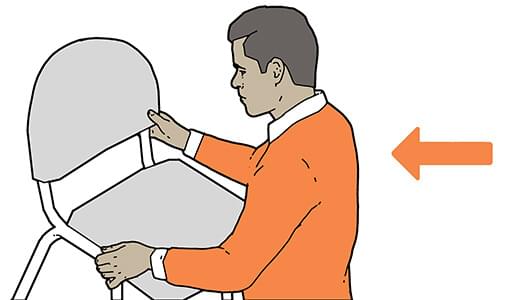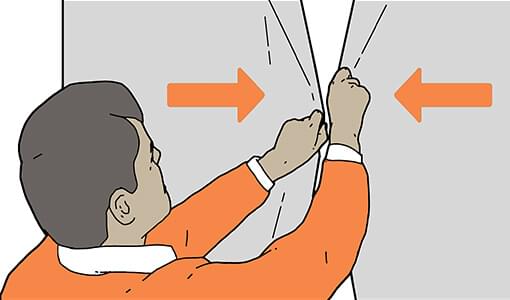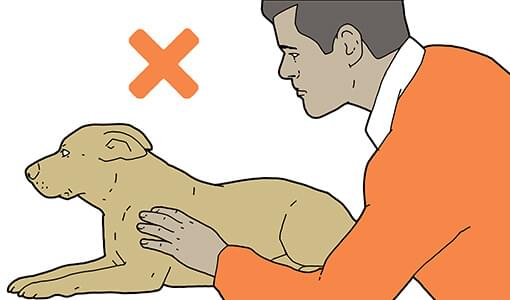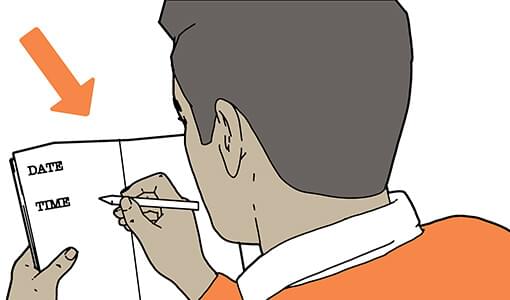Epilepsy affects around 5% of dogs and is characterised by seizures or fits, which happen when the brain has an uncoordinated discharge of neurological activity. In many cases, dogs will have a single seizure with no lasting long-term impact. However, if fits happen a lot, say more than once a month, your vet may have recommended controlling them with medication. As you’ll know, most epileptic pets can continue to lead full and happy lives.
An epileptic seizure can occur at any time so being familiar with the following steps can help you feel more prepared:
1. Recognise the signs
Your dog is likely to feel a little strange just before a seizure and may behave unusually. If your dog fits regularly you may already be seeing a pattern emerge.
2. Keep calm
When your dog is having a fit, it’s important to remain calm. Remember, despite how it looks, your pet is not conscious and will not be in pain. By keeping quiet and calm, you’ll avoid adding any excessive sensory stimulation.

3. Risk assessment
Ensure your dog is not in a dangerous position, such as at the top of the stairs or by water. If he is, gently and slowly move him to safety. Quietly remove any items surrounding your dog that he could bang into while fitting.
4. Try not to move
Unless your dog is at risk, don’t attempt to move him as this will increase sensory stimulation and could prolong the fit. Just ensure there is a clear space around him and wait for the seizure to stop.

5. Quietly does it
Decrease the amount of sensory stimulation during a seizure, reducing light, sound and touch as much as possible. Dim the lights if you can or close the curtains if you’re indoors. Turn off the television or radio and just speak softly to your dog. Don’t attempt to call their name as they start to come round, as you want the environment to be as quiet and calm as possible.

6. Hands off
Try not to stroke your dog during a fit, however instinctive this might be, as it can cause excessive stimulation. Also, don’t put your hand near your dog’s mouth during a fit. Your dog’s jaw tension will be significant, and he could unintentionally bite you, so stay clear of it. Dogs don’t ‘swallow their tongue’ and so won’t choke during a fit.
7. When to call for help
If the seizure lasts for more than five minutes or if your dog has a second seizure within two to four hours, call your vet.

8. When it’s all over
Once the seizure has ended, your dog will usually feel confused and disorientated. Gently reassure him and be guided by what he wants to do. Keep an eye out for any further fits. Keep a note of the date, time and duration of the seizure as this will help your vet with decisions on medication. In future, if you’re able to, it’s useful to video any seizures so that your vet can get a more informed picture of your dog’s condition.
